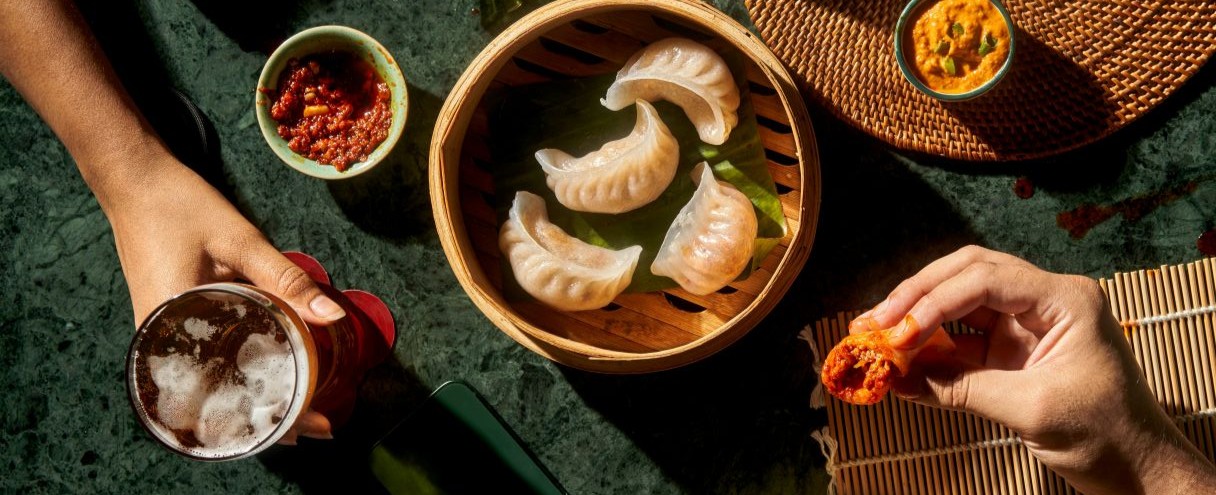Running more than one brand out of the same kitchen isn’t just a quirky side project anymore. It’s becoming the way modern food businesses grow. Call them multi-brand kitchens, host kitchens, or just smart use of square footage, the idea is simple: one kitchen, multiple brands, shared teams, and a whole lot of coordination.
It sounds messy (and sometimes it is), but when done right, this setup can turn a single back-of-house into a portfolio of concepts. And in 2025, it’s not a trend, it’s quickly becoming a business model serious operators rely on.
A multi-brand restaurant model allows one operation to run several distinct brands under the same roof. In practice, that means your line cooks might be prepping grain bowls at noon, burgers by dinner, and mac & cheese for the late-night crowd, all under different names on different apps.
Why now? A few forces collided:
- Delivery platforms have become the main growth channel for restaurants.
- Rent and labor keep climbing, pushing operators to do more with less.
- Competition for customers is brutal, and fresh branding can give a concept a second (or third) life.
- Digital menus and dynamic pricing make it easier than ever to test, launch, and tweak new ideas on the fly.
The economics can be surprisingly strong. Operators who keep menus lean and ingredients overlapping often hit gross profit margins of 60–70%, with net margins in the 15–25% range. That’s enough to make traditional restaurateurs raise an eyebrow.
At a glance, it’s one kitchen with several menus. But behind the scenes, it’s a juggling act. Orders flow in from delivery apps or direct channels. Staff share prep space and equipment, recipes overlap, and inventory systems track items across multiple brands.
The real differentiator isn’t the food – it’s the operations. Kitchens that succeed here treat their setup like an orchestra: tickets routed clearly to staff, ingredients mapped across brands, and data flowing through POS and kitchen display systems to keep everyone on the same page.
So what makes the model click instead of collapse? A few key building blocks:
Workflow by Design
Smart kitchens don’t leave order flow to chance. Digital kitchen display systems help route tickets, prep gets broken down by brand or station, and staff are cross-trained to switch between menus.
Menu and Inventory Control
The best operators engineer menus to share as many ingredients as possible. That tomato, sauce, or protein gets reused across concepts, cutting waste and lowering purchasing costs. Tech-driven inventory audits flag shortages before they turn into order rejections.
Tech as the Backbone
The multi-brand setup only works if the tech does. A unified POS (instead of five tablets taped to the counter) keeps orders synced. Automated systems forecast demand, reorder ingredients, and track prep times across brands.
People and Training
Cross-training is non-negotiable. Teams need to know every brand’s workflow and the tools that keep it running. Clear role definitions – who handles which brand during a rush – can make or break service quality.
Multi-brand kitchens look great on paper, but plenty stumble. The biggest mistakes:
- Too many SKUs: Overstuffed menus ruin efficiency.
- Poor demand forecasting: Without data, you’re guessing, and waste goes up.
- Food safety gaps: Shared kitchens need airtight hygiene protocols to avoid cross-contamination.
- Fragmented tech stacks: Five POS systems don’t add efficiency, they add chaos.
- Burned-out teams: Asking staff to juggle multiple brands with no structure is a fast track to turnover.
Done right, multi-brand kitchens can outpace traditional restaurants in both revenue and speed to break-even. Strong operators in big cities report monthly revenue ranging from $25K to $80K per unit. Many recover their investment in 12-18 months, far faster than the two-to-three-year runway for a dine-in spot.
The difference between “barely surviving” and “scaling fast” usually comes down to three things:
- Menu design that maximizes ingredient overlap.
- A serious investment in integrated tech.
- Willingness to adapt – dropping weak brands quickly and testing new ones without heavy sunk costs.
A multi-brand kitchen isn’t a silver bullet, but it’s a sharp tool. It gives operators a way to scale without doubling rent, to test brands without building new dining rooms, and to turn one set of staff into the backbone of a portfolio.
In 2025, the kitchens that win will be the ones that treat the model like a system, not a side hustle: disciplined menus, strong tech, structured training, and constant data-driven decisions.
For anyone thinking about it, the playbook is clear: start lean, keep it simple, and let the data tell you which brands deserve a permanent place on the line.
For more insights, tips and restaurant industry overviews, you might want to check out our blog.




